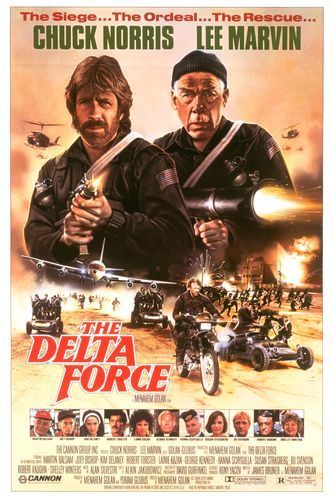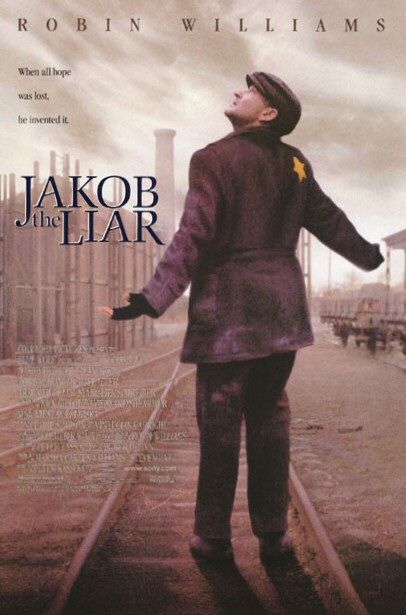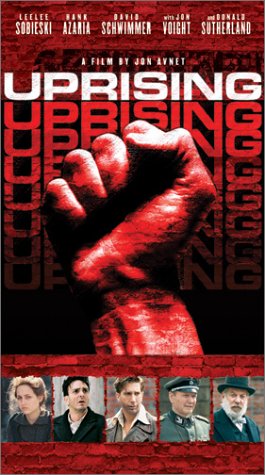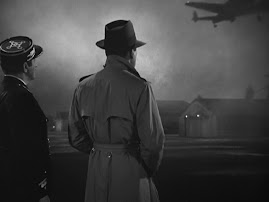 The Delta Force is a 1986 action film starring Chuck Norris and Lee Marvin as leaders of an elite squad of special forces troops based on the real life U.S. Army Delta Force unit. It was directed by Menahem Golan and featured Martin Balsam, Joey Bishop, Robert Vaughn, Steve James, Robert Forster, Shelley Winters, and George Kennedy. The film was produced in Israel.
The Delta Force is a 1986 action film starring Chuck Norris and Lee Marvin as leaders of an elite squad of special forces troops based on the real life U.S. Army Delta Force unit. It was directed by Menahem Golan and featured Martin Balsam, Joey Bishop, Robert Vaughn, Steve James, Robert Forster, Shelley Winters, and George Kennedy. The film was produced in Israel.The Delta Force was Lee Marvin's last film.
Plot synopsis
A group of Lebanese terrorists hijack American Travelways Boeing 707 (ATW) Flight 282 that is on a flight from Athens, Greece to Rome, Italy and then to New York City.
Taking all passengers and crew hostage, the group, the pro-Khomeini New World Revolutionary Organization, led by Abdul Rifi (Robert Forster), forces pilot Roger Campbell (Bo Svenson) to fly the plane to Beirut, Lebanon, where they make demands to the United States government that, if not met, will result in the death of the hostages.
As a compromise, the terrorists release the women and children passengers. The remaining hostages are transported to a militant controlled area of Beirut. Using a sympathetic Greek Orthodox Priest, Israeli Army Intelligence prepares an operation to free the hostages.
The U.S. quickly responds by sending in Delta Force, an elite counter-terrorism unit led by Major Scott McCoy (Chuck Norris) and Colonel Nick Alexander (Lee Marvin), to rescue the hostages.
Successfully infiltrating the terrorist compound, they kill the terrorists, rescue the hostages, and flee to the safety of Israel on the ATW jetliner, before returning to the U.S on a C-130 transport plane.
Filming locations
The movie was filmed entirely in Israel, making use of Menahem Golan and Yoram Globus's newly opened GG Israel Studios facility in Jerusalem. The Beirut, Tel-Aviv and Athens airport sequences in the film were filmed at Ben Gurion International Airport in Tel-Aviv. In some sequences, Hebrew lettering and Israeli Police emblems are visible on some of the supposed Lebanese airport barriers.
The military aircraft (notably the Hercules C-130) used in the film was on loan from the Israeli Air Force. The lease arrangement was similar to that used for Iron Eagle.
Historical connections
In the film, the flight's final destination is New York. However, Flight 847's final destination was London.
Two terrorists took over the flight, the third one being arrested in Athens.
The flight was diverted to Beirut and Algiers.
The lead flight attendant (played in the movie by Hanna Schygulla) was of German descent and was asked by a hijacker to single out the Jewish passengers on board.
The fictional airline in the movie, ATW (American Travelways), is an anagram of TWA (Trans World Airlines).
The hostage rescue operation was inspired by Operation Entebbe, which was conducted by Israeli commandos in 1976. It was the subject of another movie by Menahem Golan, Mivtsa Yonatan (released in English as Operation Thunderbolt), in 1977.
The beginning of the film replicated Operation Eagle Claw, the aborted attempt to rescue American hostages held at the U.S. Embassy in Iran in 1980. The movie inaccurately displays the cause of the aborting of the mission. In the film a helicopter appears to be smoking and then suddenly explodes — possibly the result of a crash landing — upon which the Delta Force choose to evacuate the area. The reality was that two of the helicopters failed to turn up at Desert One, while one of the six helicopters that made it had a mechanical failure. It was at this point that the CO of Delta Force chose to scrub the mission and return the following night. During this phase a collision occurred between one of the RH-53D choppers and a C-130 being used as an on-the-ground refuelling station for the helicopters, killing 5 Air Force personnel and 3 Marines.
External links


























